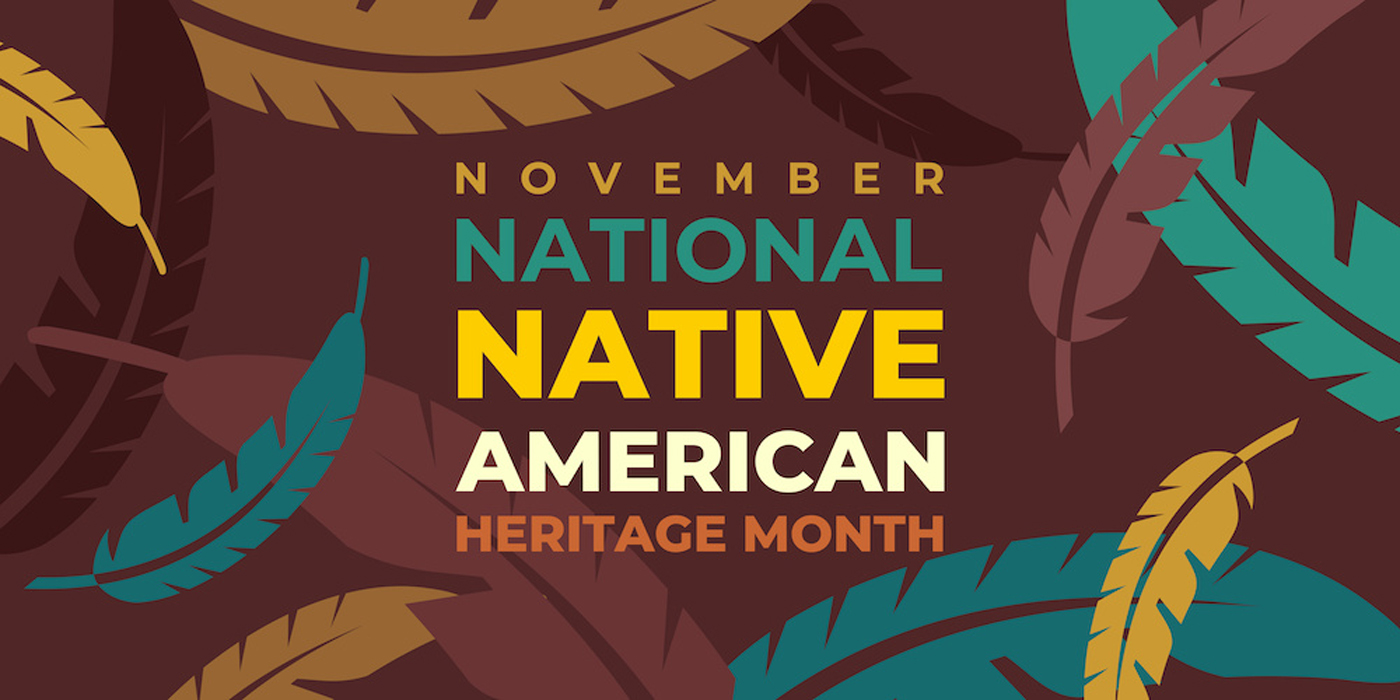
Native American and Alaska Natives Heritage Month
November is Native American and Alaska Natives Heritage Month, recognizing and celebrating the rich and diverse cultures, traditions, and history and acknowledging the important contributions of American Indians and Alaska Natives in the United States.
It is a time to reflect on the contributions and the complex and painful history of the many diverse nations, tribes, bands, and peoples who first inhabited the land we now know as the Americas – North to South, East to West, Canada to Latin and South America.
I’m not going to dive deep into history, I invite you to do some reading on your own. What I do wonder is how we begin to “right” the slanted viewpoints of the way history has been written over the years. As a white woman of several decades, I look back at what I was taught in public school. I remember the construction paper feathered headdress of the Indians and the Puritan hats with the big buckles on top. The story told was a cozy scene with lots of shared food.
As an adult, I heard about Indian Boarding Schools, the purpose of which was taking the Indian out of the child to make them good American citizens. I watched stereo-typical cowboys (mostly good) and Indians (mostly bad) TV shows. The Lone Ranger’s sidekick, Tonto, was a good Indian helping the white hero. By the way, did you know the word Tonto means “stupid, fool, wild one.”
In an article, What We Say Matters: The Power of Words in American and Indigenous Histories,[1] Bryan C. Rindfleisch, explores how the words we use are vital to an understanding of how we relate to and value others. In the preface to his article, Rindfleisch quotes James H. Merrell:
“The real reason we have a ways to go in understanding [American] Indians…has little to do with how deftly or clumsily indigenous peoples have been stitched into the American tapestry… The root of the problem lies in the very words used to tell stories about olden times.”
“Words…[have] real effects for Native peoples and for the course of American history. They were and are tools in the imperial project of relieving [American] Indians of their sovereignty and their land.” -James H. Merrell, “Second Thoughts on Colonial Historians and American Indians”
Our images, our perceptions, our understandings are informed by our experiences and what we choose to see, hear, and learn from our experiences. Many of us didn’t question the textbooks or teachers. We assumed what we were being taught was accurate. Especially, if we are white, the indoctrination we received fit our mold of proper and good. What scares me now, is the fear filled push by many to keep a more accurate view of history out of the hands of children through book banning and limiting what educators can teach. General Commission for Race and Religion has a basic beginning info page about Native peoples. [2]
The many and diverse peoples who are indigenous to the lands of North and South America have much to teach us. As we gather around the Thanksgiving table this year, may we give thanks with respect for the rich diversity of all God’s people.
May your Thanksgiving be Blessed with Wonder and Gratitude!
Donna
[1] https://www.oah.org/tah/issues/2017/february/what-we-say-matters-the-power-of-words-in-american-and-indigenous-histories/
[2] https://www.r2hub.org/library/11-facts-about-native-people-in-society-and-the-church
